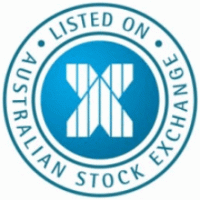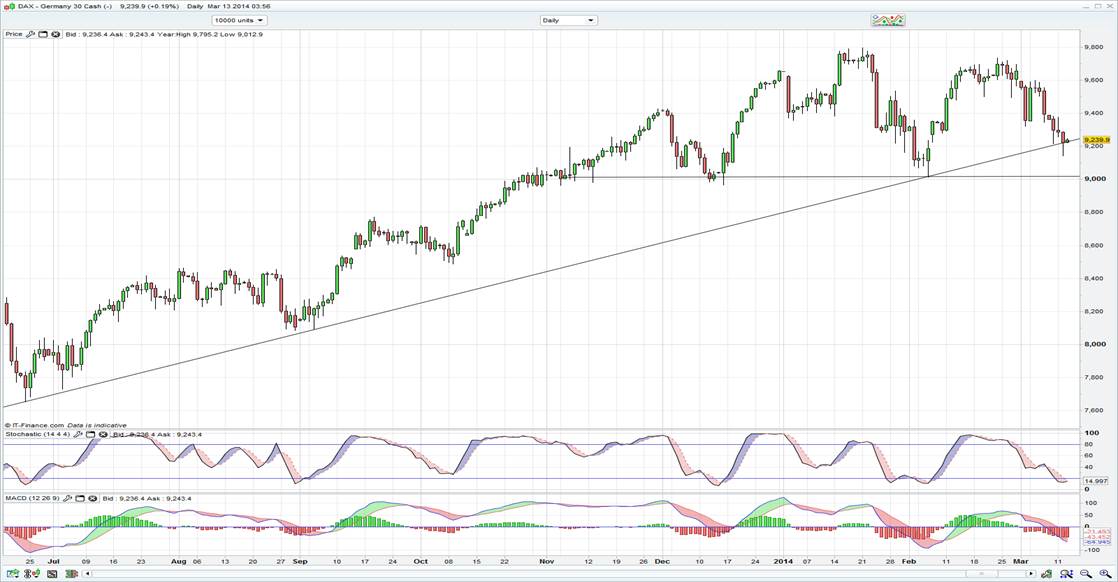
Chris Weston, Chief Market Strategist at IG Markets
It’s been a fairly good news day in Asia today, highlighted by a ridiculously strong Australian employment report, which took consensus to the cleaners.
In addition, today the RBNZ become the first central bank in the G10 currency block to lift its cash rate. While this was fully expected and probably the most telegraphed move in the history of RBNZ policy changes, the RBNZ governor went one further and laid out that the central bank could hike 125 basis points (bp) throughout the year. With the market pricing in around 110bp over this period, you can see why the NZD caught a bid.
As I mentioned, the Australian jobs number was a mere 17,300 above the top end of the economists range, and where 80,500 full-time jobs came from will dumbfound some. Some will point to the changes to the Australian Bureau of Statistics (ABS) seasonal adjustment methodology, but even when you take this out of the equation it’s still a reassuring number. The fact that the participation rate moved 30 basis points higher and the unemployment rate stayed at 6% is also positive and continues the trend in fairly positive domestic data. The swaps market is now pricing in 15 basis points of hikes over the coming 12 months and seems to have recouped the lost sentiment caused by the moves in copper, steel and iron ore of late. Still, we also need to be cognisant that there simply isn’t anyway we will see the pace of job creation seen this year continue; however the RBA will be happy with its neutral bias and continue to eye the April 23 Q1 inflation figures.
Aussie employment extremely strong
The jobs print was so impressive that it even managed to put a bid in the ASX 200, with banks and consumer names doing well backed by some strong short covering and ‘bargain’ hunting in the material space. Rates could be on hold for some time and much hinges on how China pans out from here.
AUD/USD rallied to a high of 0.9081 today, but sellers have moved in, and given the fact that the 20-day moving average is moving perfectly sideways, everyone seem to be trading two standard deviations either side of this average (i.e. respecting the Bollinger bands). With that in mind, the market seems happy to bid up the pair on moves to 0.8920, and this also coincides with the 50-day moving average and top of the ichimoku cloud.
News out of Japan was not as upbeat with the weekly Ministry of Finance (MOF) fund flow data, showing yet another week where domestic funds have sold foreign bonds and stocks and presumably repatriated this money back to Japan. For Japan to swing back to a current account surplus they need to see better outflows and this means domestic players buying overseas assets. It was also interesting to see the consumer confidence index) fall to 38, and this reading is now at the lowest level since September 2011 and importantly lower than when Shinzo Abe came into power. The prospect for a fresh round of easing is growing and while the early April TANKAN report could seal that fate, there is little doubt that Abenomics is not where it needs to be.
China in a better spot today
China is in a better spot, but they are by no means out of the woods. Iron ore futures have pushed up 1.1%, USD/CNH and USD/CNY have fallen and Shanghai Copper has found better buyers as well. Price action in Shanghai copper was strong yesterday and after another limit down open, we saw strong buying activity into the close. The CSI 300 has also moved higher to the tune of 1.2% and the combination of better equity and commodity buying seems to be helping the region.
European markets should feed off the positive flows in Asia and it seems we are at an interesting juncture in a number of European asset classes as well. The DAX closed just above the June uptrend drawn from the June low, so a close below 9230 would put much emphasis on the double top neckline at 9012. The FTSE saw solid buying off the 6600 level, but the short-term trend is lower and momentum indicators reflect that. In the forex space we are seeing good interest for EUR/GBP on the break of 0.8350, which is not only the level that has capped gains three times this year, but is also the 61.8% retracement of the December to February sell-off. This retracement has been the level at which all counter-trend rallies have failed at from last July, so a sustained rally though here is significant.

One of the interesting developments out of both regions is the increase in currency strength fighting rhetoric from both the ECB (notably the French contingent) and the BoE. One could make an argument that if we see EUR/USD move above 1.40, and more so 1.4500 we will see a significant dovish shift from the ECB, especially given around 60% of the ECB represent countries that need a EUR much closer to 1.25 (such as Italy and France). However, in the short-term while we are getting currency fighting narrative from both countries, but price action would suggest the EUR bulls are getting the upper hand and this seems a function of strong inflows into European stocks and bonds above all else.